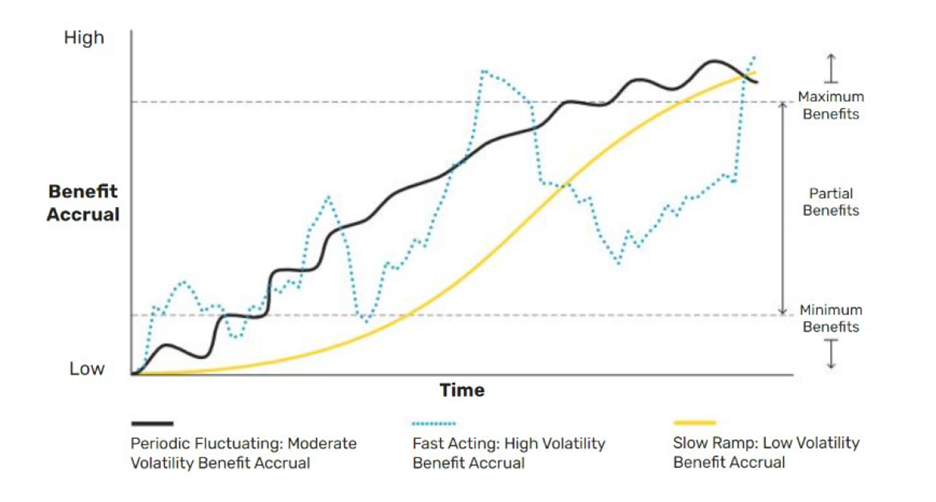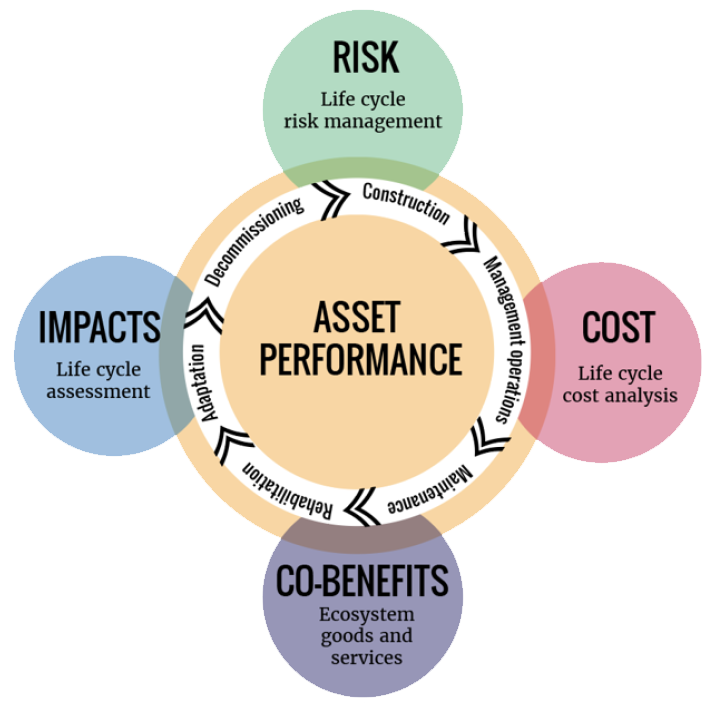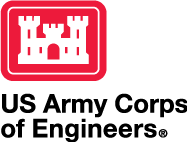

In collaboration with researchers at University of Georgia, a partner of the Network for Engineering With Nature, this project is developing and demonstrating a lifecycle management framework to support comparison of natural and conventional flood risk management measures. The researcher team is also developing a sediment budget for the Savannah River to quantify the availability of sediment that could be available to build and sustain coastal natural infrastructure.
The need to develop and demonstrate a lifecycle management framework to support comparison of natural and conventional flood risk management measures.
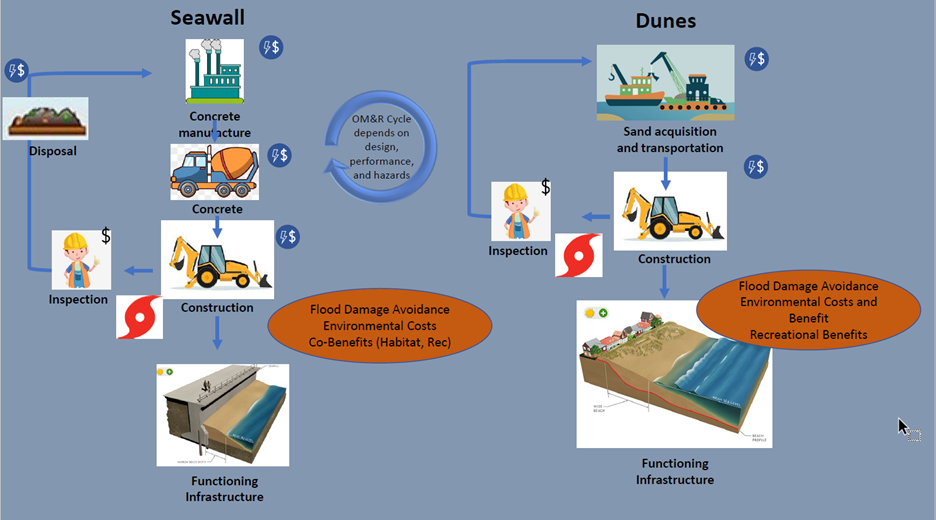
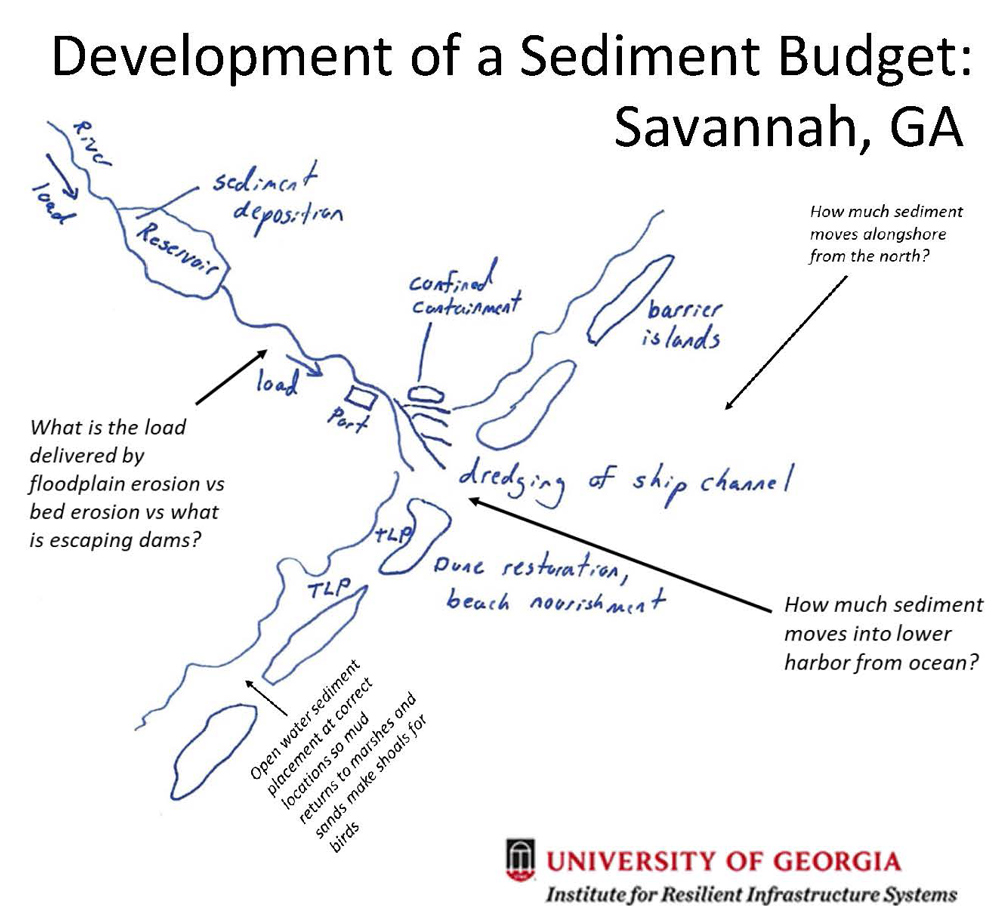
Developing a sediment budget for the Savannah River to quantify the availability of sediment that could be available to build and sustain coastal natural infrastructure.
Nature-based or natural infrastructure solutions enhance the functions of naturally occurring landscape features that provide valuable services to people and society, such as minimizing damages from floods and shoreline erosion.
